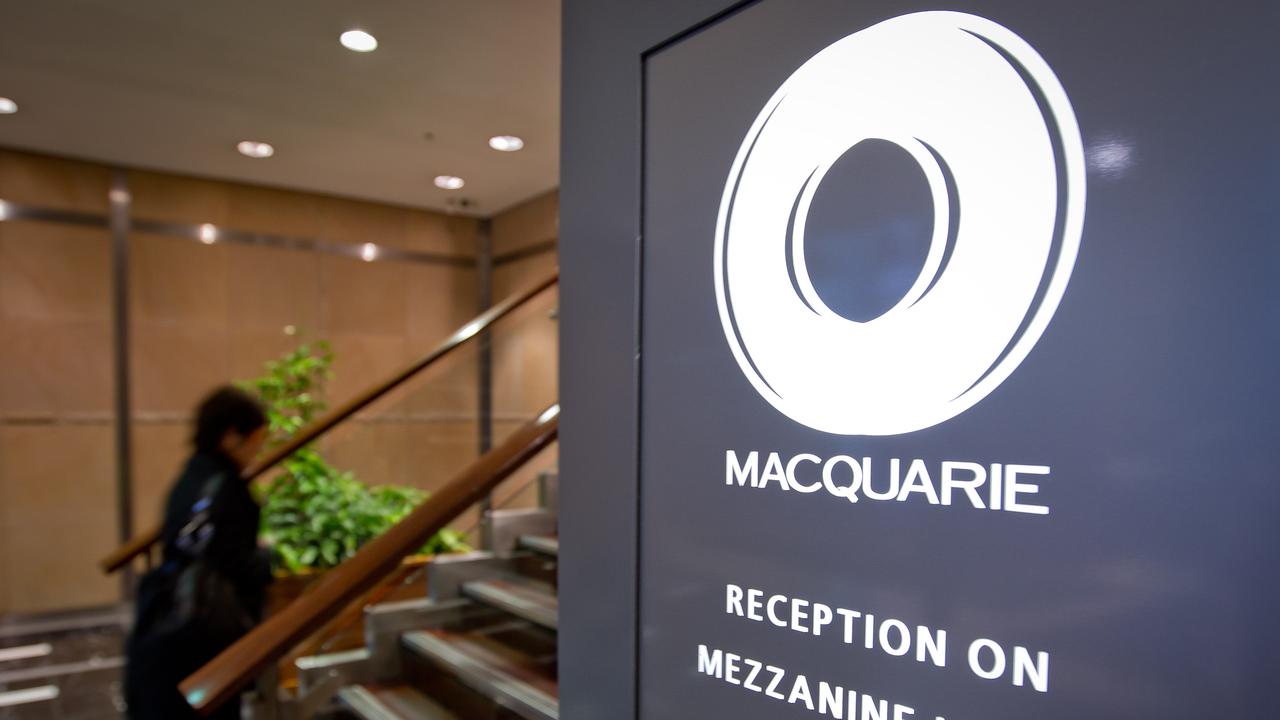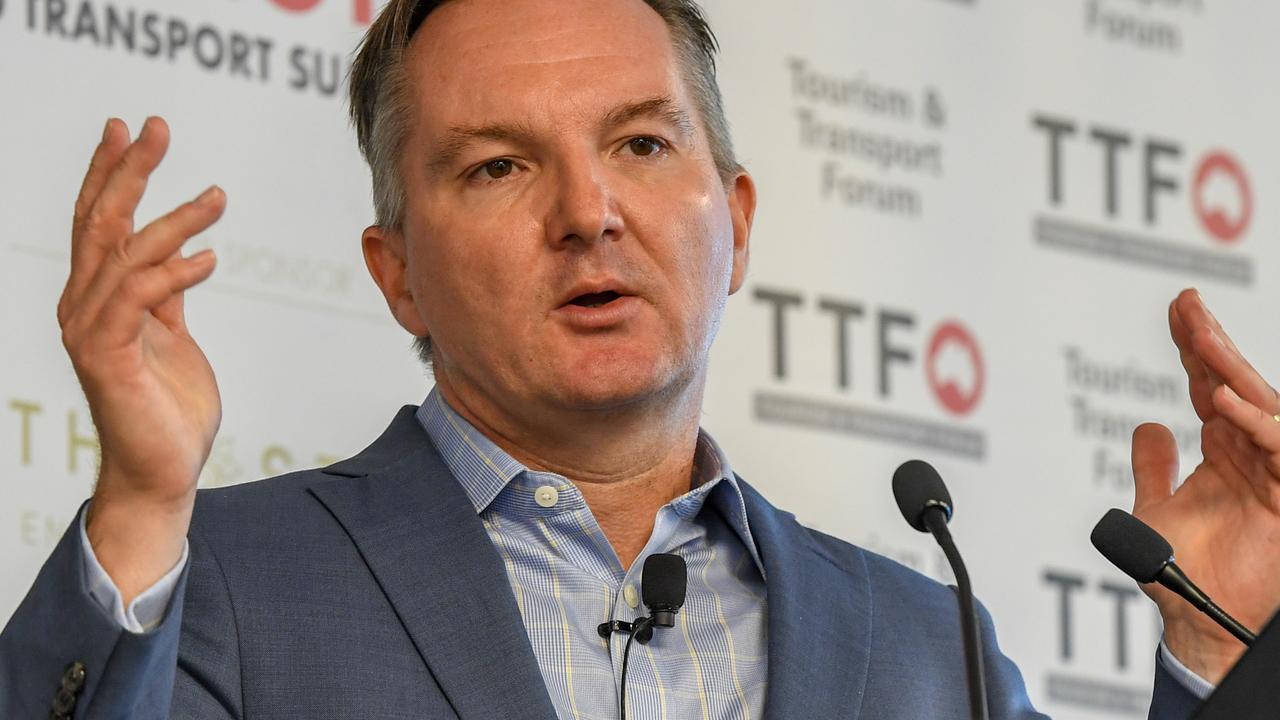How global social media attempts to influence government decision
Once again we are seeing how global social media can be used to influence corporate and government decisions.

Once again we are seeing how global social media can be used to influence corporate and government decisions.
The global social media force that helped cause Westpac to turn its back on the “reef wrecking” Adani coal development is now turning its guns on the Queensland Premier.
The international group SumOfUs is raising money to erect a huge billboard in Annastacia Palaszczuk’s electorate. They are telling their large readership base: “If you donate today, Palaszczuk won’t be able to miss the fact that community opposition to Adani’s mine is as big as ever — and that if the mine gets built, it will cost her votes”.
You will remember the invitation that SumOfUs sent out via email and social media earlier this year to at least 1.5 million people asking them to send a dollar “to help stop Westpac from financing the destruction of the Great Barrier Reef’’.
Westpac was painted as a very evil company determined to wreck the reef. The $1 donation would go to preparing a TV advertisement conveying that sentiment.
Most large organisations these days closely monitor what is being said about them in social media and often respond quickly.
At that time Westpac had no formal Adani application and had made no decision. But when they later decided not to back the Adani mine, Resources Minister Matthew Canavan accused Westpac of being more interested in listening to “noisy activists in Sydney” than “jobseekers in north Queensland”. He suggested Queenslanders look to other banks for their homes loans and term deposits.
And SumOfUs took full credit: “After a 15,000-strong petition, a spoof TV ad that clocked over half a million views on social media, a billboard in Melbourne’s city centre, and lots of actions by our partners, we forced Westpac to publicly commit to not funding Adani’s mine. Our community also fiercely campaigned in the past to make companies like LG and Standard Chartered reject Adani’s Reef-wrecking project”
And now to the Queensland government and “Annastacia” Palaszczuk:
“The Great Barrier Reef is one of the largest World Heritage Areas. It’s home to a spectacular array of fish, turtles, and coral. If we can stop the Queensland government from supporting Adani’s mine, we could severely derail this project. News reports over this last week show that the Queensland government is deeply divided over whether to support this mine. And its support is crucial for Adani’s mine to go ahead. With a donation from you, we can ramp up the pressure with a hard-hitting billboard and have a real chance at forcing Palaszczuk to back down”.
I should emphasise that the Queensland government does not believe that the Adani mine is a threat to the reef. It is much more worried about the pollution in Clive Palmer’s dormant nickel treatment plant in Townsville.
In India where reducing poverty has a greater priority than carbon the Adani debate is seen in an entirely different light.
At the Australian Leadership Retreat last month under the Chatham House Rule the Indian delegation saw Adani as the litmus test for the future relationship between the two nations. They accused Westpac not only of racism but also of seeking to look after their coal loans in Newcastle. Again Westpac is not racist and I doubt whether Newcastle loans played any role in their Adani decision but it shows how large companies can be caught in the middle of a debate.
Strangely in India, billions of dollars worth of coal-fired power plants are for sale but no one seems to want to buy them.
The current situation is partly a result of a decades-old policy of the Indian government in allocating coal blocks to private companies. Three years ago these coal grants were was struck down by the Supreme Court of India.
When the power plants were erected no one considered what would happen if the coal linkage didn’t come through. In addition many of these distressed projects didn’t have long-term power purchase agreements
The Indians say that if India meets its growth targets these power plants will be needed as will Adani coal.
On a wider front, coal companies will need to join in the debate and put their side or they will be starved out of existence by lack of capital and political fear caused by social media activism.




To join the conversation, please log in. Don't have an account? Register
Join the conversation, you are commenting as Logout